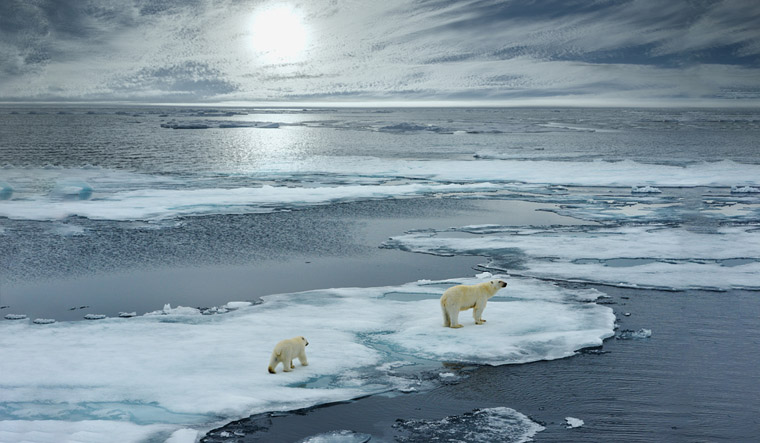The largest hole in the Ozone layer above the Arctic caused due to the unusual atmospheric conditions has closed, as per reports. The hole was first identified by scientists in March this year.
The Copernicus Climate Change Service (C3S) and Copernicus Atmosphere Monitoring Service (CAMS) by the European Centre for Medium-Range Weather Forecasts (ECMWF) confirmed the development.
“The unprecedented 2020 northern hemisphere #OzoneHole has come to an end. The #PolarVortex split, allowing #ozone-rich air into the Arctic, closely matching last week's forecast from the #CopernicusAtmosphere Monitoring Service,” the official Twitter handle of Copernicus ECMWF tweeted.
The unprecedented 2020 northern hemisphere #OzoneHole has come to an end. The #PolarVortex split, allowing #ozone-rich air into the Arctic, closely matching last week's forecast from the #CopernicusAtmosphere Monitoring Service.
— Copernicus ECMWF (@CopernicusECMWF) April 23, 2020
More on the NH Ozone hole➡️https://t.co/Nf6AfjaYRi pic.twitter.com/qVPu70ycn4
The Ozone layer is a region in the Earth’s stratosphere that absorbs the sun’s ultraviolet rays, shielding the planet from the harmful radiation which can cause skin cancer. In the 1970s, scientists discovered that the ozone layer was being depleted due to man-made activities, thereby leading to a threat to life on Earth.
In March, scientists had noticed signs of a hole forming in the Ozone layer above the north pole and thought it was the result of low temperatures. It is believed to be the largest hole in the Ozone layer, and would have led to a bigger threat had it moved toward the south.
However, scientists have confirmed that the 1 million square kilometre-wide hole in the ozone layer has healed. They added that the closing of the hole was not due to the reduced levels of pollution during the coronavirus lockdown. It is believed that the polar vortex, the high-altitude currents that are responsible for bringing cold air to the polar regions, is responsible for the healing of the layer.





.jpg.image.100.58.jpg)




